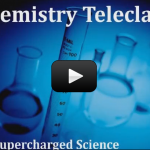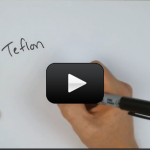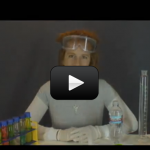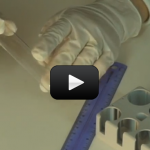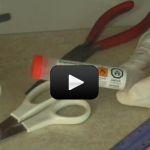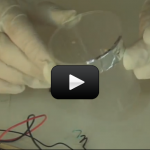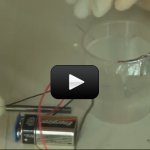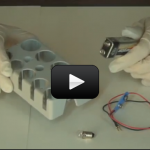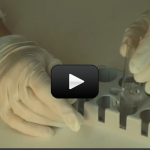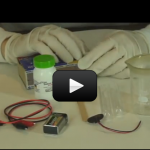Split the water molecule, fire copper ions across a solution, capture oxide gases, create a magnesium battery, and more with this lesson in chemistry.
You’ll also be able to identify the elements in different chemical substances with dazzling colors in flame tests. With this lesson, you will begin to build a strong foundation in chemistry with exposure to a broad range of chemical phenomena and hands-on laboratory experience. Here’s what you can expect to learn about by the end of the lesson:
In this unit, you will learn how to build your own home chemistry lab safely under the direction of professionals. We'll show you how to do real chemistry experiments, provide chemical storage information, give guidelines on proper chemical disposal when you're finished, highlight lab tips and tricks, and warn you about things to watch out for. This is real chemistry for real kids.
You’ll also be able to identify the elements in different chemical substances with dazzling colors in flame tests. With this lesson, you will begin to build a strong foundation in chemistry with exposure to a broad range of chemical phenomena and hands-on laboratory experience. Here’s what you can expect to learn about by the end of the lesson:
In this unit, you will learn how to build your own home chemistry lab safely under the direction of professionals. We'll show you how to do real chemistry experiments, provide chemical storage information, give guidelines on proper chemical disposal when you're finished, highlight lab tips and tricks, and warn you about things to watch out for. This is real chemistry for real kids.

